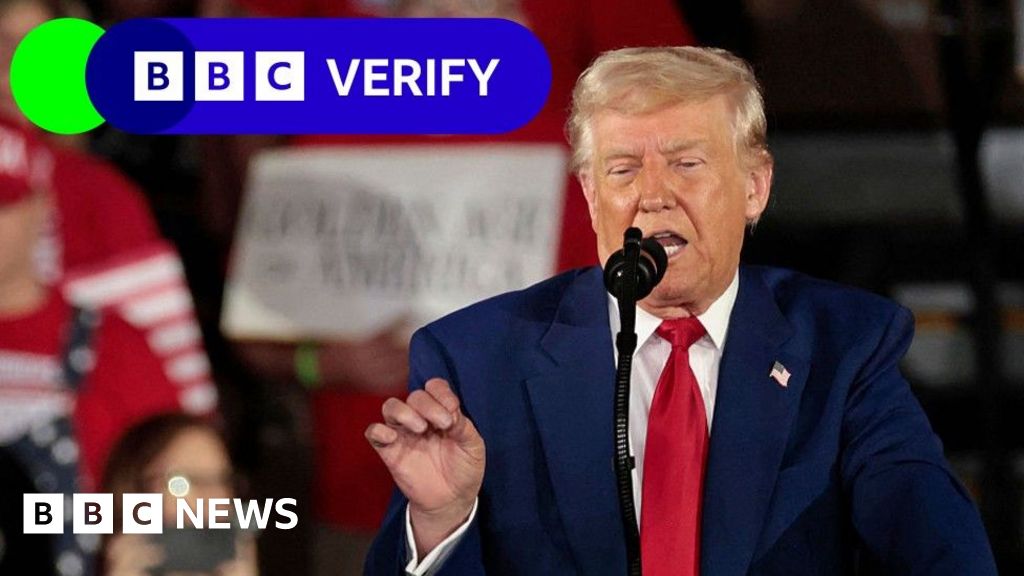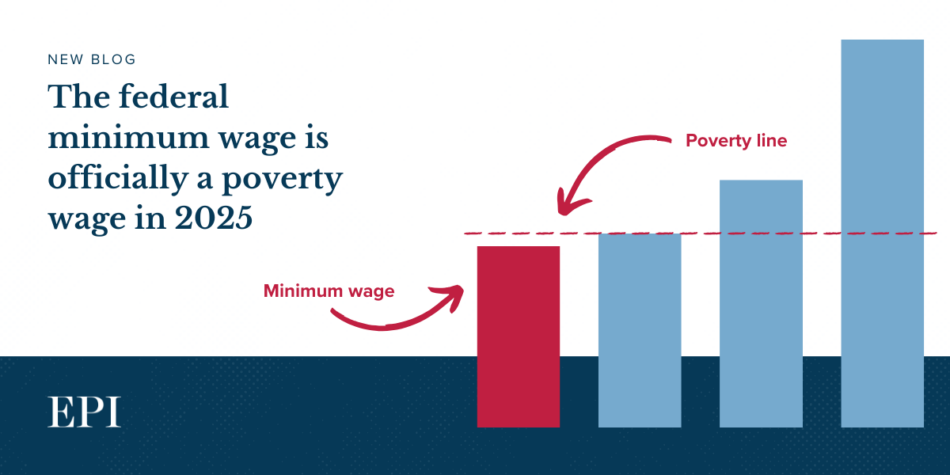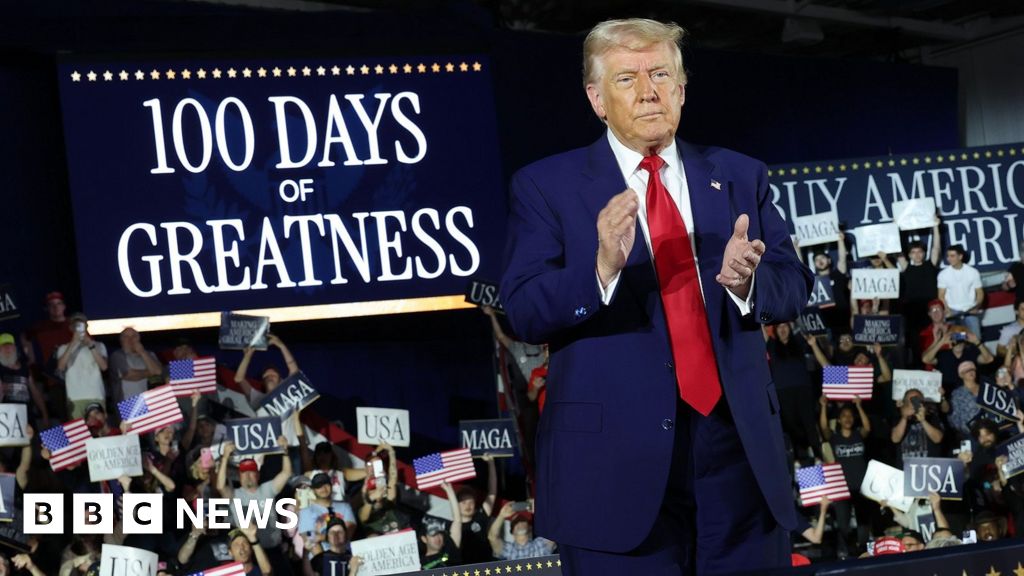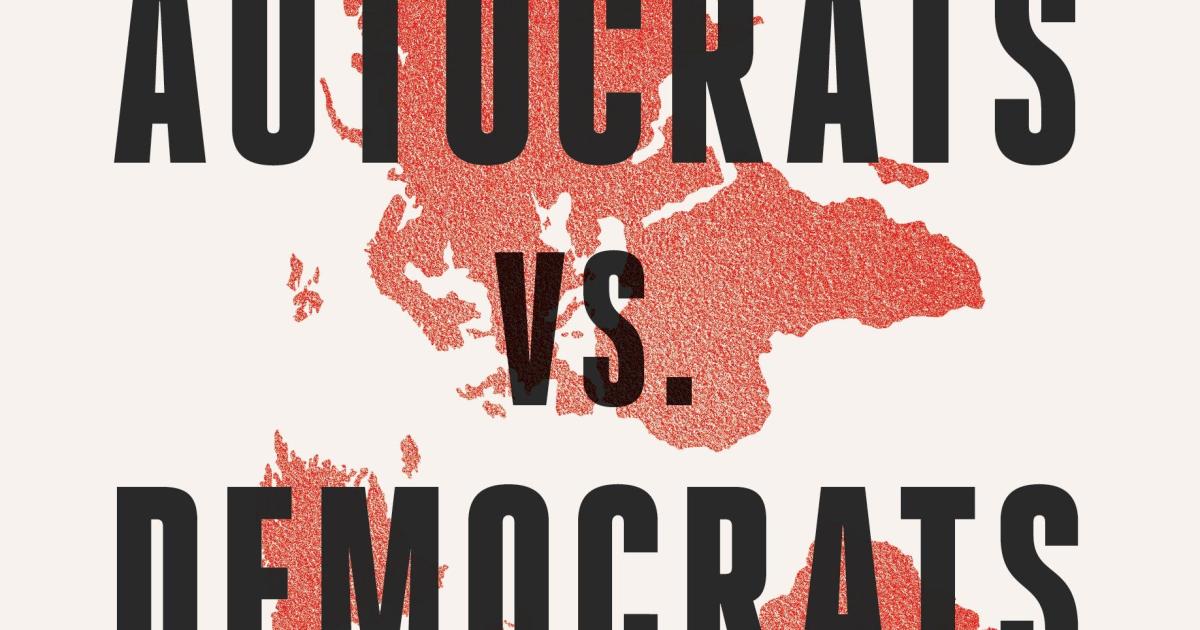Analyzing America's Military Failures: Lessons from Vietnam, Afghanistan, and Iraq

Throughout history, the United States has held the title of the worlds greatest superpower, particularly since the conclusion of World War II. Yet, the perplexing reality is that the U.S. has faced significant military setbacks against adversaries deemed inferior, such as during the Vietnam War and the Afghanistan conflict. Additionally, the Iraq War, despite substantial investments in terms of lives and resources over nearly a decade, yielded limited results. Various factors contributed to these unexpected failures, including constraints on military decision-making influenced by fears of nuclear escalation, the high costs and negative media portrayal associated with prolonged conflicts, and a shifting moral perspective among the American populace.
While these elements undoubtedly played a role, the crux of the issue appears to lie in poor strategic planning and ineffective communication. These deficiencies led to inadequate military campaign planning, resourcing, and execution. The wisdom of Carl von Clausewitz, a military strategist from the early 19th century, remains critically relevant today. Clausewitz posited that before engaging in warfare, a nation must clearly define its political objectives, ensuring they are realistic and attainable. Furthermore, the methods (ways) and resources (means) employed must align with these goals. It is essential for a government, military, and populace to unite behind a military campaign once committed; failure to do so can introduce debilitating friction and potentially lead to failure.
In examining the wars in Vietnam, Afghanistan, and Iraq, it is evident that the United States neglected these critical principles, resulting in profound consequences. The U.S. consistently failed to meet its stated political objectives, a theme this essay will explore in greater depth by contrasting these experiences with the decisive success of the Persian Gulf War.
This analysis is not merely an academic exercise; it carries significant implications. If global superpowers can still triumph in modern warfaredespite the complexities of nuclear deterrence and the burdens of costly engagementsthen a strategically sound approach centered on 'Peace Through Strength' remains achievable. Contrarily, if superpowers find themselves unable to win modern wars due to strategic missteps, the prospect for credible deterrence diminishes, compelling the U.S. to innovate alternative security approaches. I firmly believe that modern warfare is winnable and that effective grand strategies for securing peace and prosperity via deterrence are still within reach.
Vietnam
As detailed by H.R. McMaster in his work, Dereliction of Duty, U.S. leaders during the Vietnam War were acutely aware of the potential for igniting a Chinese response reminiscent of the Korean War just a decade earlier. Moreover, they feared that escalating the conflict could draw the Soviet Union into the fray, carrying with it the ominous threat of nuclear escalation. These apprehensions significantly influenced American leaders' decisions to exercise restraint in the amount of force utilized in Vietnam. Consequently, President Lyndon B. Johnson adopted a strategy of 'graduated pressure', which proved to be inadequate given the nature of the conflict.
This war marked the first time the American public could witness the brutal realities of conflict through daily television broadcasts. The graphic imagery showcased on screens across the nation fortified the argument for limiting military engagement in order to maintain public support. Additionally, the escalating costs of war were a significant concern, as the Johnson administration sought to balance military expenditures with its domestic priorities, notably the 'War on Poverty.'
Throughout the mid-1960s, these intertwined factors compelled U.S. leadership to adhere to the flawed 'graduated pressure' strategy, even in the face of mounting evidence that it was failing. When President Johnson first committed ground troops to Vietnam in March 1965, he expressed a clear imperative: to defeat communism in Vietnam to stem its insidious spread to American shores. Drawing parallels to the appeasement strategy of British Prime Minister Neville Chamberlain at Munich, Johnson was determined to avoid repeating past mistakes. Yet, behind closed doors, U.S. decision-makers prioritized avoiding defeat over achieving victory, fearing that a loss in Vietnam would jeopardize their domestic legislative objectives.
This raises essential questions about the political objectives driving the Vietnam War. Were U.S. leaders focused on preventing a loss in 1965, or were they committed to defeating the communist threat? Additionally, what political goals existed concerning North Vietnam? The ambiguity surrounding these political aims triggered cascading effects detrimental to the war effort, as winning a conflict necessitates far more than merely preventing defeat. The failure to align ends, ways, and means severely hampered military campaign planning and execution, leading to disastrous outcomes. Ultimately, the American public grew weary of the costly stalemate, and under Nixon, the U.S. transferred security responsibilities to the South Vietnamese before withdrawing its forces entirely. The fall of Saigon in 1975 marked the conclusion of a deeply divisive war that resulted in a clear loss for the U.S.
The strategy itself was fundamentally flawed from the outset. President Johnson miscalculated the implications of escalating troop deployments. In stark contrast, then-President Dwight D. Eisenhower faced similar pressures a decade earlier when the French sought assistance against Vietnamese forces at Dien Bien Phu. Eisenhower, a military leader himself, recognized the absence of a coherent strategy that aligned with vital U.S. interests, ultimately opting to keep America out of the conflict. Despite the changes in the decade that followed, the rationale for intervention remained weak, yet Johnson ordered troop deployments for a war that lacked clear objectives from the beginning. Eisenhower understood Clausewitz; Johnson did not.
Afghanistan
The events that unfolded after the September 11, 2001, terrorist attacks necessitated a robust U.S. response. The swift military campaign to dismantle al-Qaeda was justified and essential. However, the subsequent decision to occupy Afghanistan and attempt to transform it into a democratic nation was both fanciful and unwarranted. This approach ignored the historical lessons from both the Soviet Union's failed occupation and Britain's earlier attempts to impose its will in the region. The misconception that America would succeed where previous empires had faltered proved to be a painful lesson. The essential principles of strategic alignmentharmonizing ends, ways, and meansremained unaddressed.
While nation-building is achievable, as evidenced by the successful reconstruction of Germany and Japan post-World War II, the conditions were starkly different in Afghanistan. After World War II, the U.S. had compelling national security interests tied to rebuilding nations that had previously posed threats. Conversely, the U.S. struggled to articulate a convincing case for why transforming Afghanistan was critical to its national security, resulting in a commitment of insufficient resources for such an ambitious initiative. Afghanistan's entrenched cultural landscape and lack of democratic tradition rendered the success of these efforts dubious, regardless of the resources allocated.
As in Vietnam, the absence of clear political goals and strategic clarity led to disorganized military campaign planning and implementation. The U.S. increasingly resourced its efforts in Afghanistan not to achieve victory but merely to avoid losing. After two decades of conflict, a broad consensus emerged questioning the value of continuing this seemingly interminable war, especially as the cost in blood and treasure felt disproportionate to the returns. Both the Trump and Biden administrations sought exit strategies; however, the withdrawal from Afghanistan in 2021 was marked by chaos and inefficiency, serving as a grim reminder of the consequences of neglecting Clausewitz's lessons.
Iraq
Following the 9/11 attacks, neo-conservative figures within the George W. Bush administration, including Vice President Dick Cheney, advocated for regime change in Iraq. They argued that Iraq's connection to the attackers and its alleged possession of weapons of mass destruction posed an existential threat to the United States. The administration asserted that action was necessary to prevent a potential catastrophe likened to a 'mushroom cloud.' In March 2003, twenty years after President Reagan had promised that the U.S. would not initiate wars, the U.S. launched an invasion to oust Saddam Hussein.
The initial military campaign was remarkably successful. Within weeks, U.S. forces had decimated Iraqi military capabilities and deposed Hussein's regime with minimal casualties. However, the subsequent efforts to establish a stable, multi-ethnic democracy proved to be an insurmountable challenge. An insurgency erupted against the occupying forces, culminating in violent sectarian conflict between Sunni and Shia groups. The coalition lacked the necessary resources and structure to quell the insurgency and foster peace among the factions. After nearly a decade of conflict, including a troop surge in 2007, stability was gradually achieved, allowing for the transfer of security responsibilities back to Iraqi forces. Although the Iraqi government remains intact today, it is far from the democratic utopia envisioned by U.S. planners. Instead, it continues to be a Shia-led government with closer ties to Iran than the U.S.
The costs of this protracted engagement were exorbitant. Thousands of servicemembers lost their lives, and countless others were left with physical and psychological wounds that will require care for years to come. Domestically, the political landscape shifted dramatically, deepening divisions and leaving a legacy of skepticism towards political leaders and institutions.
Had the invasion force been structured to ensure stability post-regime change, the U.S. might have mitigated the extensive losses of life and resources. However, the outcome would likely have remained unchanged: a Shia-led Iraq, now allied with Iran. The unrealistic strategic aims set forth from the beginning, coupled with flawed execution, resulted in subpar outcomesmirroring the experiences of Vietnam and Afghanistan.
The Persian Gulf War
In stark contrast to the aforementioned conflicts, the United States experienced a clear and decisive victory during the Persian Gulf War in 1991. This success stemmed from a well-defined approach to strategy, notably the clarity of political objectives. The primary goal was unambiguous: to liberate Kuwait from Saddam Husseins military occupation. This objective was effectively communicated to both domestic stakeholders and international allies, fostering a broad coalition in support of the mission. Political leaders ensured that military commanders were adequately resourced, setting the stage for successful military campaign planning, coordination, and execution. The outcome of the ground war was remarkable; within just 100 hours, coalition forces achieved their stated objectives, decisively defeating Iraqi forces and liberating Kuwait.
The resounding success of the Persian Gulf War had profound strategic implications. The coalition not only resolved the immediate crisis but also effectively neutralized Husseins capacity to threaten neighboring countries. Moreover, the military effectiveness displayed during the campaign validated a significant military renaissance that had been underway following the setbacks of Vietnam, solidifying the U.S.'s deterrent capabilities and enhancing its diplomatic position globally for years to come.
Going Forward
Significantly, the failures experienced in Vietnam, Afghanistan, and Iraq do not imply that the U.S. cannot win modern wars. Rather, the successes of the Persian Gulf War demonstrate that, with proper strategy and execution, military victory remains possible. This reshapes the narrative around the 'Peace through Strength' doctrine, emphasizing a deterrent-based approach to secure national interests.
Looking ahead, the imperative is clear: the U.S. must cultivate leadership capable of strategic thinking and effective decision-making. Such leaders, coupled with well-resourced and trained military forces, will deter potential adversaries and, should conflict arise, ensure decisive victories in warfare. American grand strategy must be rooted in a clear, achievable vision that resonates with the populace, integrating all dimensions of national power.
In this context, it is crucial to convey to potential adversaries that any act of aggression against the U.S. will result in failure and significant repercussions. The enduring relevance of Clausewitz's principles in contemporary national security and foreign policy underscores the need for careful consideration in strategic planning.
As we progress, the new administration must rally the American public around the 'Peace through Strength' strategy while also addressing pressing national priorities like fiscal sustainability, industrial revitalization, and military readiness. This comprehensive approach will require intelligent trade policies and effective alliances, all of which are attainable based on historical precedents.
Reflecting on Reagan's success in the 1980s, which contributed to the end of the Cold War, highlights the importance of setting realistic strategic goals and avoiding unnecessary entanglements. While the Trump administration exhibited elements of effective grand strategy, the path to future success hinges on intelligent decision-making and strategic acumen. The lessons learned from past conflicts should inform our present and future engagements, as we confront the challenges posed by an ascendant China, conflicts in Ukraine and Gaza, and the imperative of maintaining our competitive edge in an era of rapid technological advancement.
Ultimately, amidst these complex strategic challenges lies the potential for the U.S. to restore its power and stature, paving the way for a new era of peace and prosperity. Prioritizing this vision should be our guiding principle as we navigate the turbulent waters of international relations, and revisiting Clausewitzs insights will undoubtedly aid in this endeavor.


















